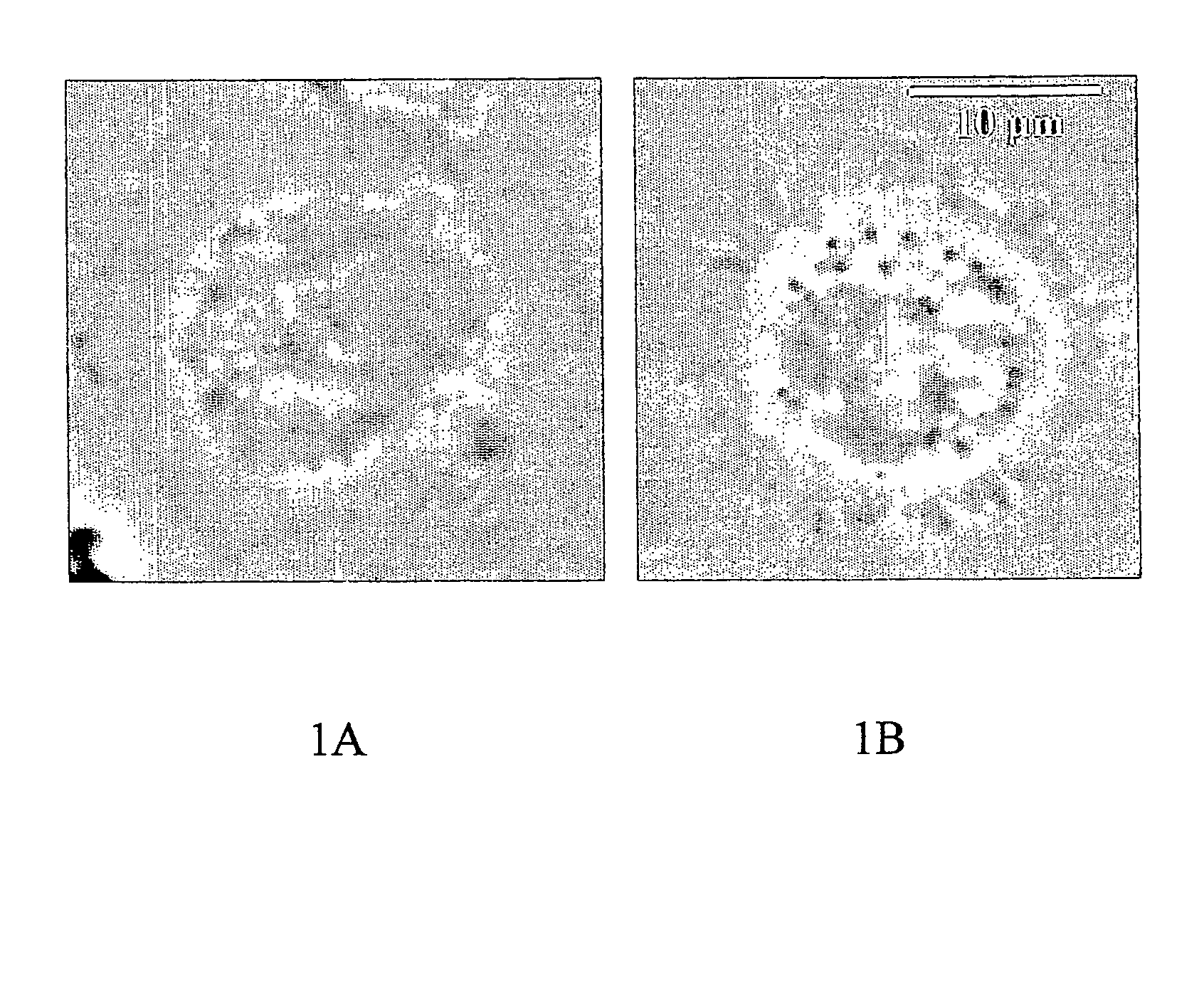Process for the manufacturing of human mononuclear phagocytic leukocytes
a technology of mononuclear phagocytes and manufacturing process, which is applied in the direction of prosthesis, skeletal/connective tissue cells, metabolic disorders, etc., can solve the problems of limited accumulation of mononuclear phagocytes in response to cns injury, poor capacity of mammalian cns for axonal regeneration, etc., and achieve the effect of reducing the volume of necrotic tissu
- Summary
- Abstract
- Description
- Claims
- Application Information
AI Technical Summary
Benefits of technology
Problems solved by technology
Method used
Image
Examples
example 1
Tissue Specimen Collection from the Patient
[0088]Blood and skin specimens are collected from the patient approximately one day before administration of the final cellular therapy product. About 200-250 ml of blood are collected into a blood-collecting bag containing anticoagulant. A segment of about 15 cm2 (as measured at the upper surface of the skin) of full-thickness skin (epidermis and dermis) is harvested from the same patient and transferred into a container of a “washing solution” consisting of IMDM and antibiotics (16 μg / ml ofloxacin, 20 μg / ml vancomycin and 50 μg / ml gentamicin). The blood and skin specimens are transferred in separate, thermally isolated cases (interior temperature of the cases: 1-10° C. for blood and up to 38° C. for the skin) to a Cell Processing Center and are processed in a dedicated clean room facility (all procedures are performed in a class 100 / ISO class 5 (Federal Standard 209E / ISO 14644-1) biological safety cabinet, which is located in a class 10,0...
example 2
Monocyte Isolation
[0089]Whole blood is diluted with phosphate-buffered saline (PBS). The diluted blood is layered onto Ficoll-Paque® PLUS (Amersham-Pharmacia Biotech, Sweden) (density: 1.076-1.078 g / ml at 20° C.) in centrifuge tubes and centrifuged to obtain the mononuclear cell fraction. The mononuclear cells are then washed three times with PBS. An aliquot from the second PBS wash, containing supernatant and 105 cells, is removed and tested for sterility. The washed fraction of cells is layered onto Percoll® gradients, which are prepared by prior centrifugation. The monocyte-enriched fraction is obtained by centrifugation of the cells through the Percoll gradient. This fraction is washed with PBS and then resuspended in IMDM until proceeding to the incubation step. An aliquot from the PBS wash, containing supernatant and 105 cells, is withdrawn for sterility testing. In addition to the sterility tests, the monocyte isolation process is monitored by conducting quality control tests...
example 3
Processing of the Skin Tissue
[0090]On arrival at the Cell Processing Center, the skin container containing the full-thickness skin tissue specimen, is placed into the freezer (−18° C.) for at least one hour. After this period, the skin container is placed in the incubator (36-38° C.) for thawing, to enable easier elimination of the erythrocytes. After thawing, the skin container is transferred to the class 100 biological safety cabinet. The skin specimen is removed from the initial container and then soaked in a vessel of fresh washing solution (containing IMDM and antibiotics, see Example 1 above) for a short period. The soak is repeated with a new vessel of washing solution. The skin is then cut into segments, and the epidermis is removed and sampled for microorganism identification (see below). One dermis segment is cut into two ˜2 mm2 pieces to be taken for sterility tests. The dermis segments are soaked in a vessel containing fresh washing solution and sonicated for about 30-60...
PUM
| Property | Measurement | Unit |
|---|---|---|
| area | aaaaa | aaaaa |
| area | aaaaa | aaaaa |
| frequency | aaaaa | aaaaa |
Abstract
Description
Claims
Application Information
 Login to View More
Login to View More - R&D
- Intellectual Property
- Life Sciences
- Materials
- Tech Scout
- Unparalleled Data Quality
- Higher Quality Content
- 60% Fewer Hallucinations
Browse by: Latest US Patents, China's latest patents, Technical Efficacy Thesaurus, Application Domain, Technology Topic, Popular Technical Reports.
© 2025 PatSnap. All rights reserved.Legal|Privacy policy|Modern Slavery Act Transparency Statement|Sitemap|About US| Contact US: help@patsnap.com

